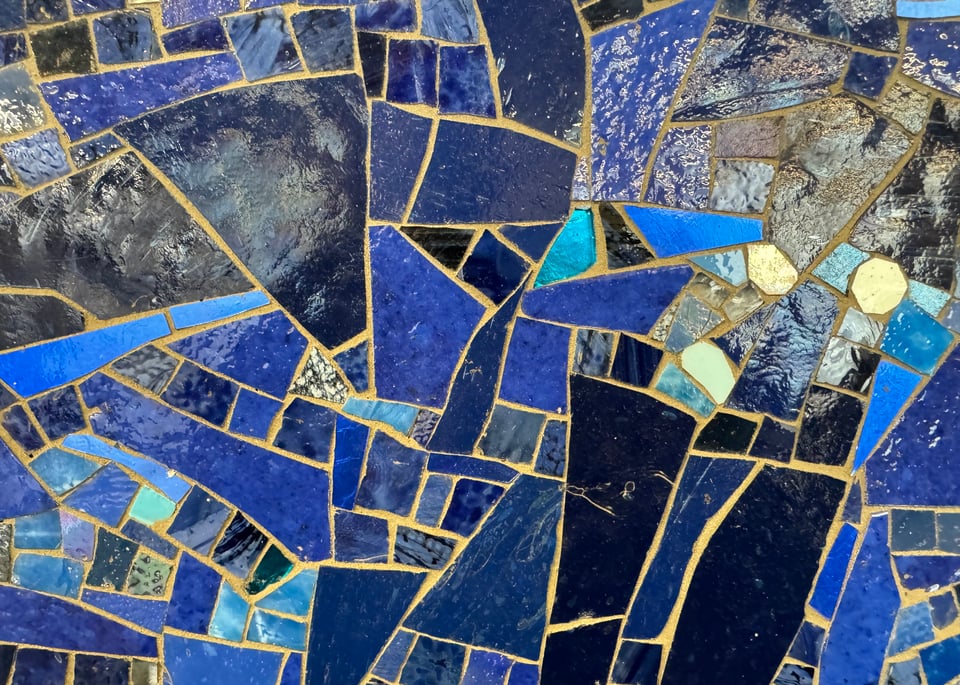February 6 2025
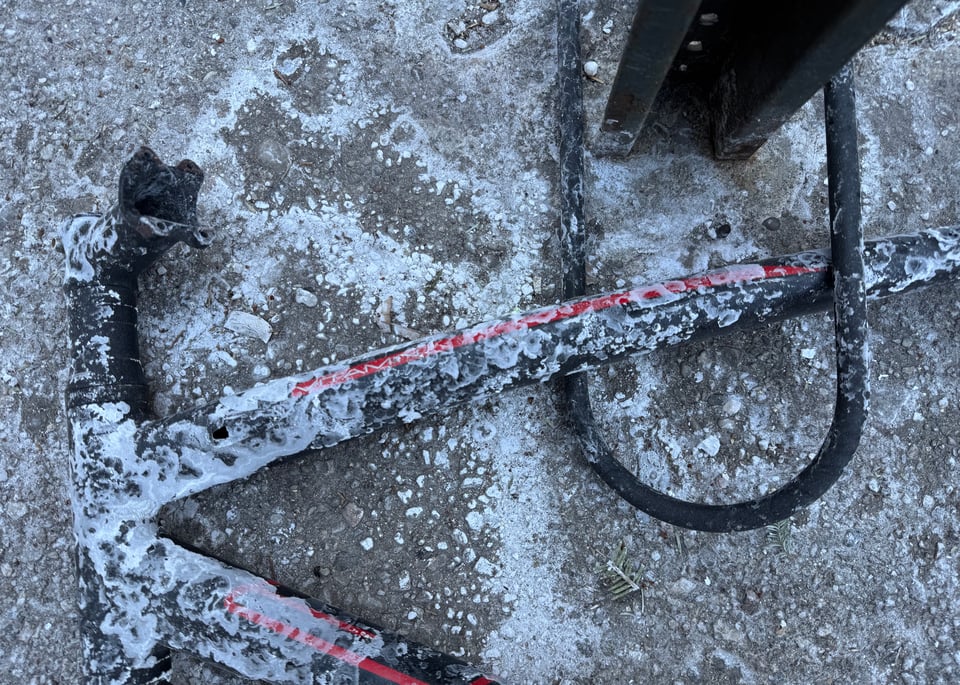
In 1985, Andrei Tarkovsky was sick—very sick. Still, he went ahead and made his final film, The Sacrifice. In one of his films. Chris Marker says we should have known Andrei was sick when he scratched the back of his head. But people scratch their heads all the time. Marker saying that was just his timestretch maneuver, shellacking ideas to protect them from the lazy viewers. It was also Marker’s version of love, using voiceover to go back for his friend, to bring Andrei out alive somehow.
For the last two years of his life, Tarkovsky was distracted. The Soviet authorities were keeping him away from his son while the cells in his body were making their own world. In his diary, a few months before scratching his head, Tarkovsky calls Berlin a “ghastly city” and laments not seeing Andryusha. He mentions “severe bronchitis” only in passing. All of this pressure turns The Sacrifice into a refraction, where the narrative is broken up by pain that cannot fully articulate itself. The “sacrifice” here might refer to the lead character, Alexander (Erland Josephson), going voluntarily mute or maybe it refers to him burning down his own house (also voluntary). Also maybe not. The film is a series of neurotic convulsions kept in check by Tarkovsky’s eye. The images here are as fine and complete as anything else he gave us, though you need to fight through the foliage of the story.
Brambles abound. Alexander wants to sleep with the maid—a witch? THE witch?—and he does, his wife Adelaide is a mess who messes, and there is pure panic about a war that may not be a war at all. Adelaide, as played by British actress Susan Fleetwood, delivers a fit that resembles nothing so much as this scene of settler Iris Bernstein losing her shit: unconvincing as distress but impressive in its cold commitment to presuming that she will be taken seriously even when it is clear this should not happen.
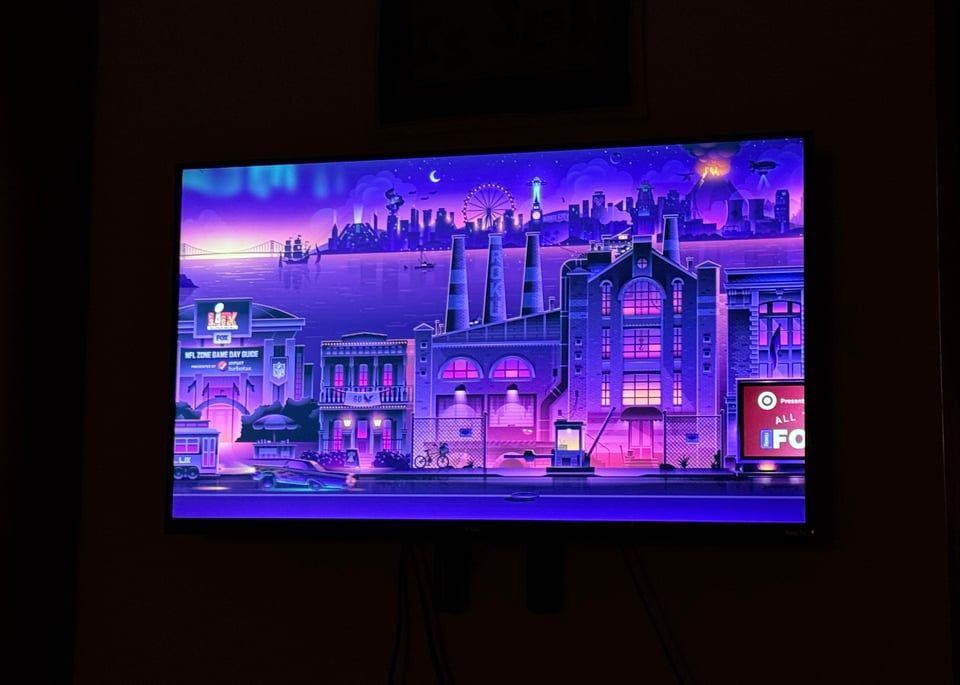
Tarkovsky spent the spring and summer of 1985 shooting The Sacrifice in Stockholm and on Gotland, Sweden’s largest island. He did not know he was dying until the end of the year, after photography was complete. Layla Alexander-Garrett, his translator and on-set companion during The Sacrifice, wrote in 1990, “Today, people say that Tarkovsky knew that he was fatally ill. This is not true. Andrey did not get to know how ill he was until December 1985, exactly one year before he died.” On November 18, he wrote in his diary: “I am ill. Bronchitis, and something monstrous at the back of my head and in my muscles, which are pressing onto the nerves and giving me an awful pain in the neck and shoulders. Cold and cough. And the film has to be synchronized. And time is going.”
On December 16, he learned what the pain was. “I spent the whole of today in the hospital. They opened the tumour on my head and cut out a little bit for tests. The doctor says the results of the tests are bad, and that nothing can be done about the tumour, unless it turns out to be a particular type, in which case it can be 80% cured. It is clear from all this that I am in a bad way. How am I going to talk to Larissa?” The popular choice for proximate cause of the cancer was his time spent wading around in radioactive water while making Stalker.
Maybe because the news of Tarkovsky’s illness got out quickly, several films about and around The Sacrifice were made. The first to watch is One Day In The Life of Andrei Arsenevich by Marker, the one with the scratching. In early 1986, Soviet authorities relented and let Tarkovsky’s son and mother-in-law join him in Paris after hearing from “medical authorities” that he was truly dying. Marker begins the film about his friend by alternating footage of Andrei’s wife Larissa with frames from Mirror. “A Russian bun seen from the back is a sign of waiting,” Alexandra Stewart tells us as we watch two different Russian woman from behind. We watch Larissa turn around and meet her son, Andryusha, after five years of separation. She makes a sound that parents will recognize—pain and relief exhaled in a single cry. When Tarkovsky, in bed, sees his beloved Andryusha, he remarks on his teeth and rubs his cheek and kisses him. There is tenderness in his restraint, Andrei perhaps afraid to overwhelm his son with love.
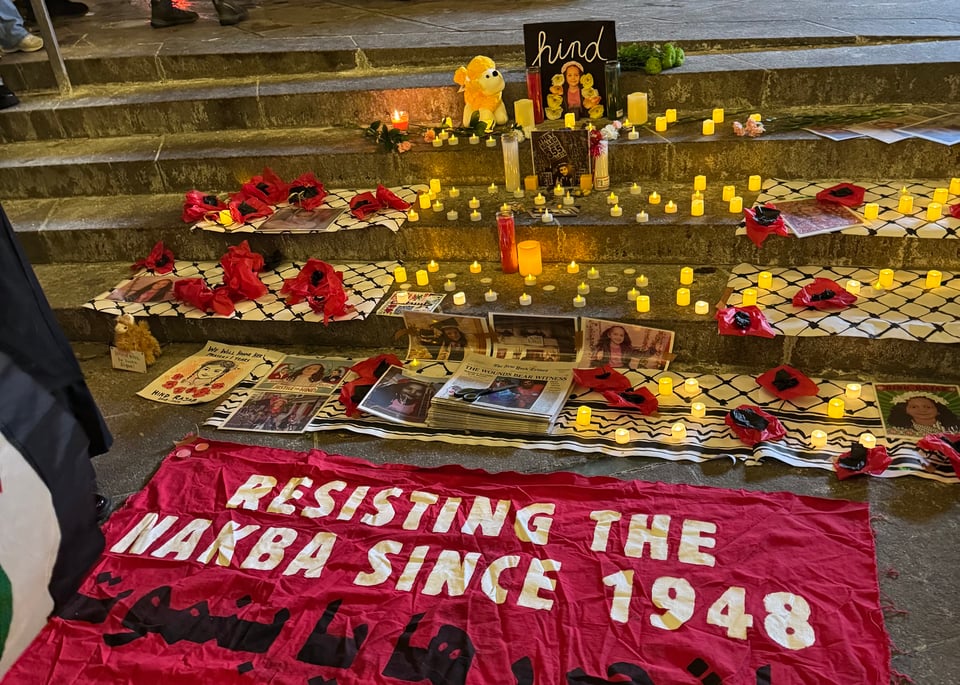
In the footage Marker shot on Gotland, Tarkovsky kisses his actors. He bounces around the mud while setting up the final set piece and makes goofy bird noises. It is easy to imagine that Andrei’s relentless control was welcomed by his cast and crew, whose body language suggests they trust his hand. The actors do not appear put off when he tells them where to put their arms and legs. The second half of One Day In The Life… is given over to Marker kissing Andrei back, discussing Tarkovsky’s entire catalog in a brief film essay, possibly because he had only so much footage of Andrei.
After Tarkovsky went to Paris, knowing he would not return, he had to find someone to finish the film. He asked a young Polish editor named Michal Leszczylowski, who had begged the producers to be Andrei’s editing assistant, to do the assembling. You can see Leszczylowski explain this in a brief documentary called Burden of Faith. The documentary he constructed about the experience, Directed by Andrei Tarkovsky, was built from more than 70 hours of footage shot by the Swedish Film Institute during Tarkovsky’s time in Gotland. As Tarkovsky’s son—that same Andryusha—does decades later for A Cinema Prayer, Leszczylowski uses passages from Tarkovsky’s Sculpting In Time as the voiceover script.
Tarkovsky told Leszczylowski that there was “nothing” in those 70 hours. This is true only if you think Tarkovsky stomping around being Tarkovsky is nothing. At one point, you see Tarkovsky telling the Swedish film crew they have ten minutes to clear the “cherry trees” they have installed in front of a house. “I shouldn’t have to describe a cherry tree to a Swede.” He tells his translator that they’ve just been to the country, just to double-check what they look like. “They are white as a bride!” Later, when shooting the film’s big nightmare sequence, with extras panicking and running around a car lying on its side, the translator yells out to them in Swedish, “No laughing! Serious expressions please!” Later in the film we see the tragic first take of the fire sequence, when the camera jams. All things considered, Tarkovsky isn’t that mad. When they complete the second, successful, take he says that the camera is a “traitress” and they should throw it in the ocean.
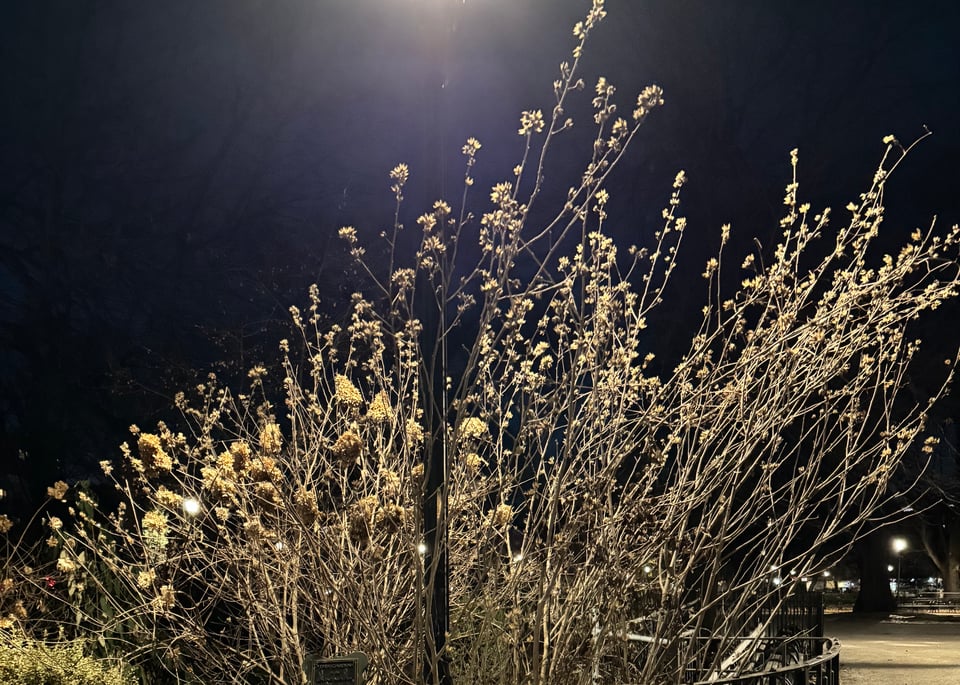
In Paris, on December 5 of 1986, Tarkovsky wrote, “Severe pains. Yesterday (every Wednesday) I was given chemotherapy (for the third time). I feel terrible. I can’t even think of getting out of bed, or even of sitting up. Schwarzenberg doesn’t know what to do, he doesn't understand why I have these appalling pains. The film [The Sacrifice] has been shown in England, with great success, and in America. The reviews are unbelievably good. The Japanese are organizing some sort of relief fund as well, only they find it impossible to understand how such a famous director can be so poor.” A few weeks later, he was dead.
The postscript published with his diaries is brutal: “Andrey Tarkovsky died of cancer in Paris on 29 December 1986, a fortnight after the last entry above, and only weeks after the Soviet authorities had allowed his son out of the country. His death coincided with the early days of perestroika. His immensely popular films, banned from Soviet screens from the moment of his enforced exile in 1982, came back into circulation. National and international seminars are now held in the USSR to celebrate and study his work.”
The focal point of The Sacrifice “was to be the story of how the hero, Alexander, was to be cured of a fatal disease as a result of a night spent in bed with a witch,” Tarkosvky wrote in Sculpting In Time. Two things should be noted. Tarkovsky was not ill when he came up with this idea, and Alexander does not seem radically different after getting into a bed with the witch (Maria, one of the family maids) even after the bed levitates and spins in a very Harry-Potter-at-Disneyland sequence. What Larissa says about the script, in Directed by Andrei Tarkovsky, is more useful.
“The script for The Sacrifice was put together from two concepts: The Witch and The Offering,” she says. “Andrei got the idea when he was still in Moscow. He writes here,” (putting on her glasses and reading from his diaries) “‘I have to produce a draft for The Sacrifice. Perhaps the two scripts together, taking the best of both. Of course, that would make it long and I wanted a shorter film of 1 hour and 40 minutes from a concise dramaturgical concept.’ It was not to be a short film. He wrote the first draft of The Sacrifice in San Gregorio in Italy, where he completed the script in February, 1983. ‘The Witch, The Sacrifice, a son forbidden to speak. He has just had an operation on his vocal cords, at the end he makes an important statement in defense of his father (tradition). He makes common cause with the stupid rebellion of youth with a revolutionary view of tradition. Rejection of violence, return to roots. Harmony, unity, opposed to evolutionary theory but in favor of unity and true harmony. New impressions, rejections of the impressions of others. The search for his own path, the heretical i.e. holy character of poetry is motivated by a conviction that man is the hardest of all beings. The spiritual condition of the poet leads to catastrophe. Poetic culture springs from the desire to avoid that catastrophe.’ Those were his first thoughts. He wrote a lot about the script. He completed it very quickly, in three weeks. But it was not an amalgam of The Witch and The Offering. Only partly. The scripts he wrote in Moscow, The Witch and The Offering, could only be made as separate films, whatever happened.”

Tarkovsky wrote this, in Sculpting In Time: “What moved me was the theme of the harmony which is born only of sacrifice, the twofold dependence of love. It’s not a question of mutual love: what nobody seems to understand is that love can only be one-sided, that no other love exists, that in any other form it is not love. If it involves less than total giving, it is not love. It is impotent; for the moment, it is nothing.” After watching the film several times, it is love that seems to ring the bell.
Tarkovsky, like Marker, uses his films to think and, like every filmmaker, holds everyone hostage until he’s done. Tarkovsky indicated blocking for his actors with such specificity that acting becomes a form of illustration in his films, rather than a communal conjuring (no matter what he says about it in his writing). Tarkovsky films are paintings that sometimes need to have people in them. A poet is in the position of never being able to lie, which makes execution a problem for the poet who makes films. If the truths all come in the first five minutes, what to do with all the film after that?
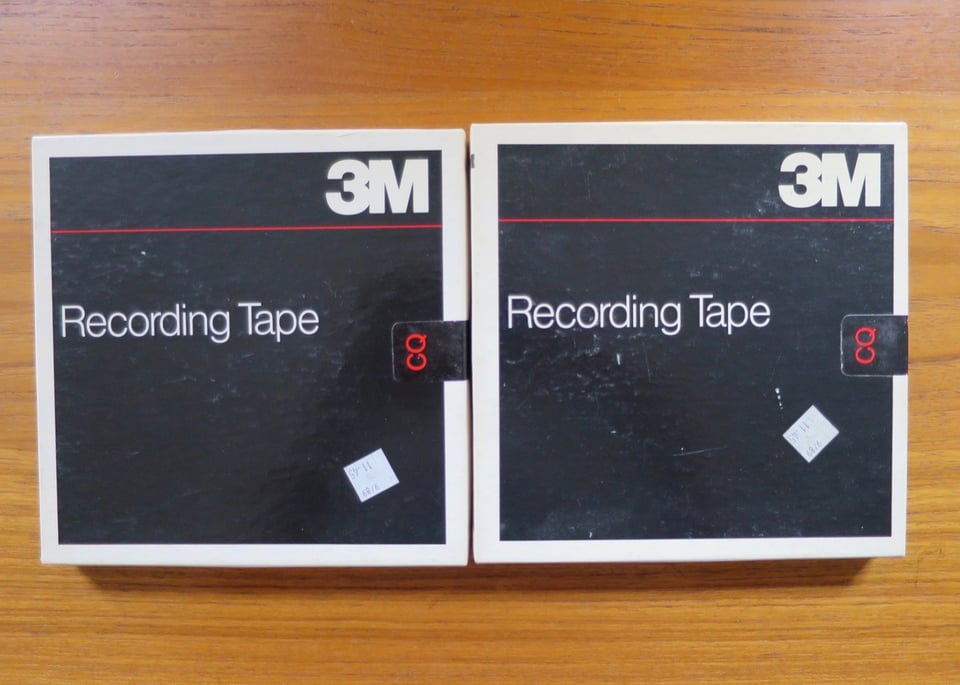
The first line of the film is its truest: “I need your help now, boy,” Alexander says to his son, who is unable to speak after a throat operation. They plant a dead tree, which they expect will blossom, somehow. Soon enough, Alexander collapses in the woods and says, “What’s wrong with me?” The film answers even when Tarkovsky will not.
The spiritual and material are uneasy partners trying to navigate through the black velvet drapes of The Sacrifice. The first chunk of the film is more or less shot in darkness, a moving chiaroscuro as gorgeous as anything else cinematographer Sven Nykvist shot. (Composing With Light, which documents Nykvist and Tarkovsky figuring out tiny adjustments in set design and lighting, will show you how they got there.) The prayer that is central to Tarkovsky’s art can be found in his beloved tracking shots and the care with which he allowed time to elapse. His respect for time is profound, and The Sacrifice is magnificent at that level. It is also hilarious, which is where the material comes in.
A washed up actor gets freaked out by a possible war (which is never confirmed) and decides to fuck the maid and set his family’s house on fire. It is a bourgeois freakout of impeccable pointlessness, the material burden of being a parasite creating a tumor that devours the family, except for the precious boy who waters a dead tree. The dialogue feels like a blend of Ibsen and Chekhov, standard crabs-in-a-bucket family tussles. I love Tarkvosky’s thinking aloud while also having no idea what to do with characters, who often seem to be waiting around under his ideas like people waiting for rain.
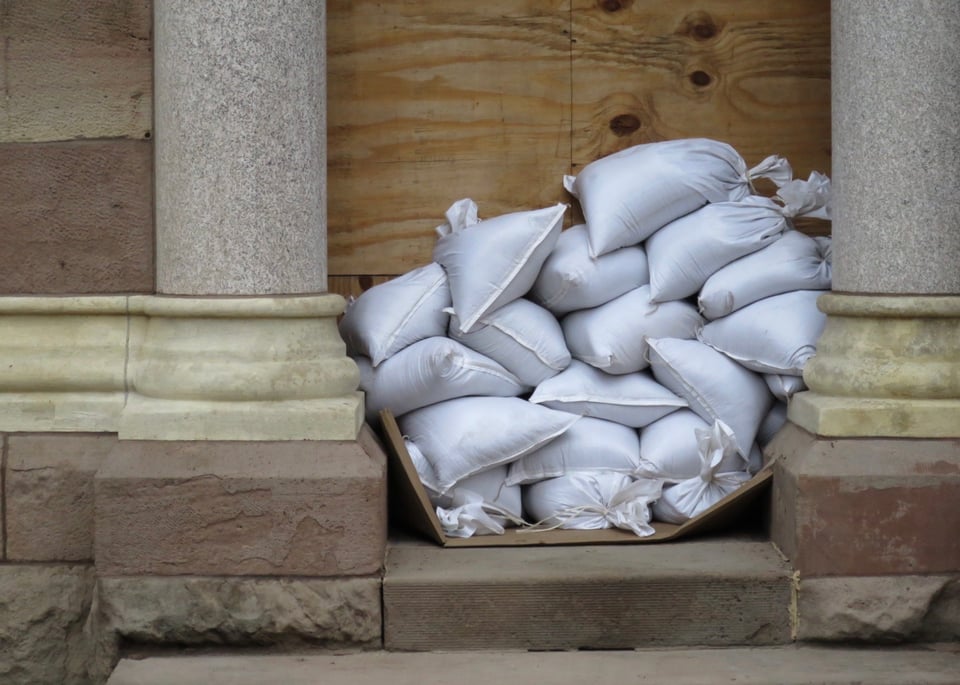
The final sequence, which lasts six minutes, is constantly being jorked by film bros (including Marker) as some kind of cinematic pinnacle, largely because Tarkovsky had to burn down an actual house (twice) and the shot is a long unbroken pan back and forth, involving extensive choreography. Marker calls Andrei’s effort “superhuman” here, breaking down the play of water, earth, air, and fire. Marker’s discussion of this scene, in One Day In The Life Of…, is better than the scene itself. This burning house dance feels like a Buster Keaton routine with ADR and collapsing house foley added. The medics trying to put Alexander in the ambulance is vaudeville, full stop.
Watching these people be thin-skinned, melodramatic, annoying, vain, and useless for over two hours makes the loss of their house a real satisfaction. But is that sacrifice? Andrei sacrificed something—that we can believe—and trapping us with these assholes demands a sacrifice. When the exploitative and unproductive bourgeois—our settlers on Gotland—are consumed by spiritual rot, they regress rapidly into shit-flinging children who break everything in sight. They simply seem to be dying from lack of love, the kind you see Alexander quietly radiating onto his son when the film begins. And at the end of the film, the child of love remains, alone.
In June of 1986, Tarkovsky said the following about Bergman: “I totally disagree with those who claim an aura of films by the Swedish director is present in The Sacrifice. When Bergman speaks of God, he does it in the context of God who is silent, who is not with us. So we have nothing in common, just the opposite. Some of the superficial remarks were made because the actor in the main role had also worked with Bergman or because of the traces of Swedish landscape in my film. People making such claims have not understood anything in Bergman, they don't know what existentialism is. Bergman is closer to Kierkegaard than to problems of religion.” (This is taken from this delightful webpage, which presents choice Andrei quotes.) Tarkovsky used Bergman’s cinematographer, one of his main actors, and filmed on an island that Bergman used, so the defensiveness is understandable. The biggest difference between the two directors is hidden in Tarkovsky’s God comments. Tarkovsky was devout enough to trust his characters would all be fine, hence the benign neglect they suffer. Bergman was of this world and loved each of his actors with a kind of necessary tenderness almost entirely absent from cinema now (though I felt it in India Donaldson’s Good One, especially in the way she shoots Lily Collias).
